Living
SaveAGram: Instilling A Sense Of Pride
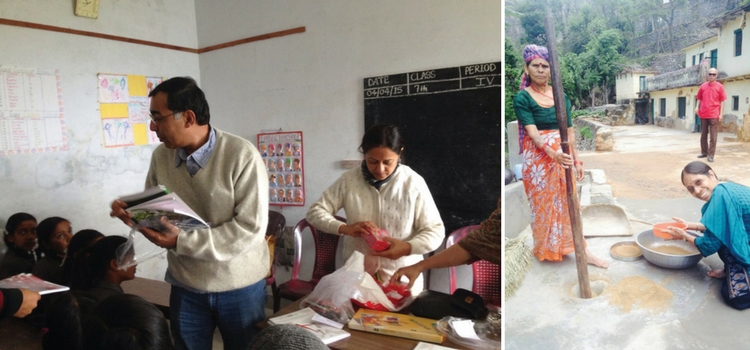
Through her social enterprise SaveAGram, Amala Menon is crusading to raise the self-esteem of villagers in India, one village at a time
Text Credits: Charishma Thankappan Image Credits: SaveAGram
Picture this. Walking down the river Kabini and across the tribal fields; sitting down at earthen fire kitchens and flattening a ball of rice dough to make Ari Pathal; cupping your palms to a vine that when chopped, gives pure drinking water. These may sound like some of the most exotic experiences, but it would surprise you to know, that they are part of the quotidian routines of some of the village folk from our own land. And bringing these experiences in their truest forms to the city folk is SaveAGram, an organisation started by Amala Menon.
Born in 2014, SaveAGram is a social enterprise aimed at providing villagers with a stable income through shared culinary and living experiences. It offers a unique chance to live the local lifestyle while enjoying homemade meals and indulging in a range of activities the region offers (think hiking, a dose of yoga, rustic homes and ancient dance forms) and waking up in traditional village homes. Amala explains the system’s vision-mission statement, “To try and provide income streams to villagers, we leverage on their existing sustainable practices. With the income, we also try to improve their sense of self-esteem and sense of pride in who they are. Income generation can be done by anybody by just employing them, but that doesn’t empower them.”
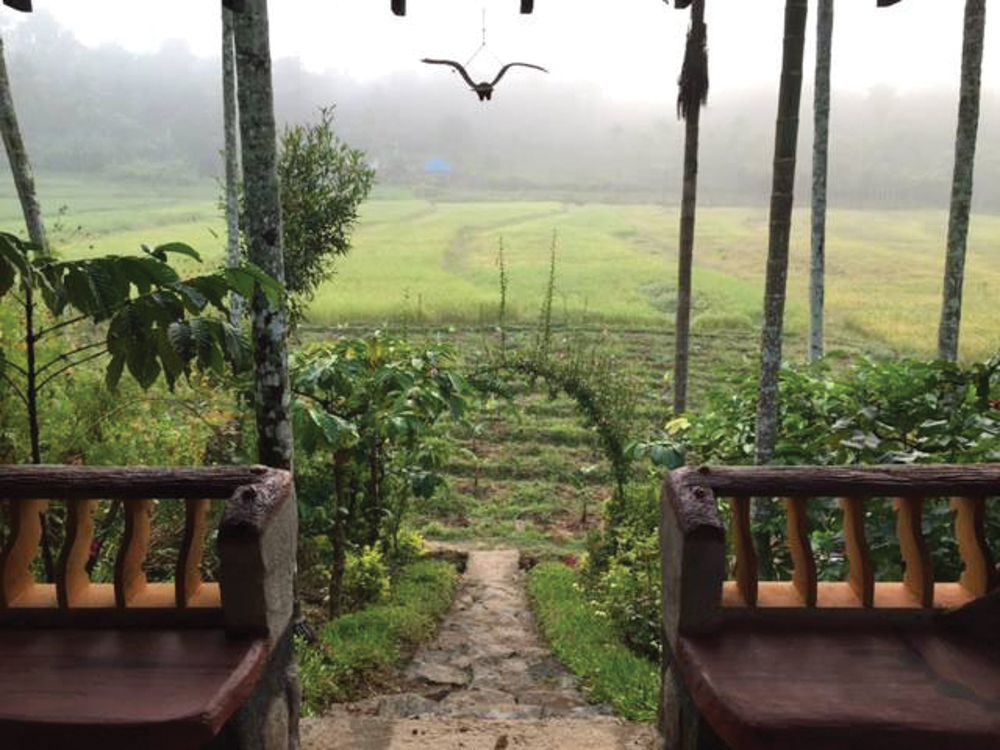
It is the need for better income that pushes villagers to live in the cities and live in poor surroundings, compared to the scenic villages that they have, says Amala. “Once during a landslide in the Himalayas, we were forced to go and stay in one of the villagers’ home. I was not very comfortable initially, as I have been living in Singapore and had a sense of clinical cleanliness. We had to climb up to reach the house, and upon reaching the top, a spectacular view of the Himalayas greeted me and I was sold. I wondered why people left such beautiful places to go and live in the cities. I also saw that they are also almost as clinically clean as Singaporeans. They broom their angans at least three times a day!”
Amala, who used to work in the corporate sector till 2012, started doing recces in the Himalayas in 2013 and finally registered her company in 2014. “I never wanted to do charity or be an NGO. I wanted an organisation that is profitable, and the profits generated have to be churned back into developing the institution. So that is how we started SaveAGram, and we started in a village in Garhwal.”
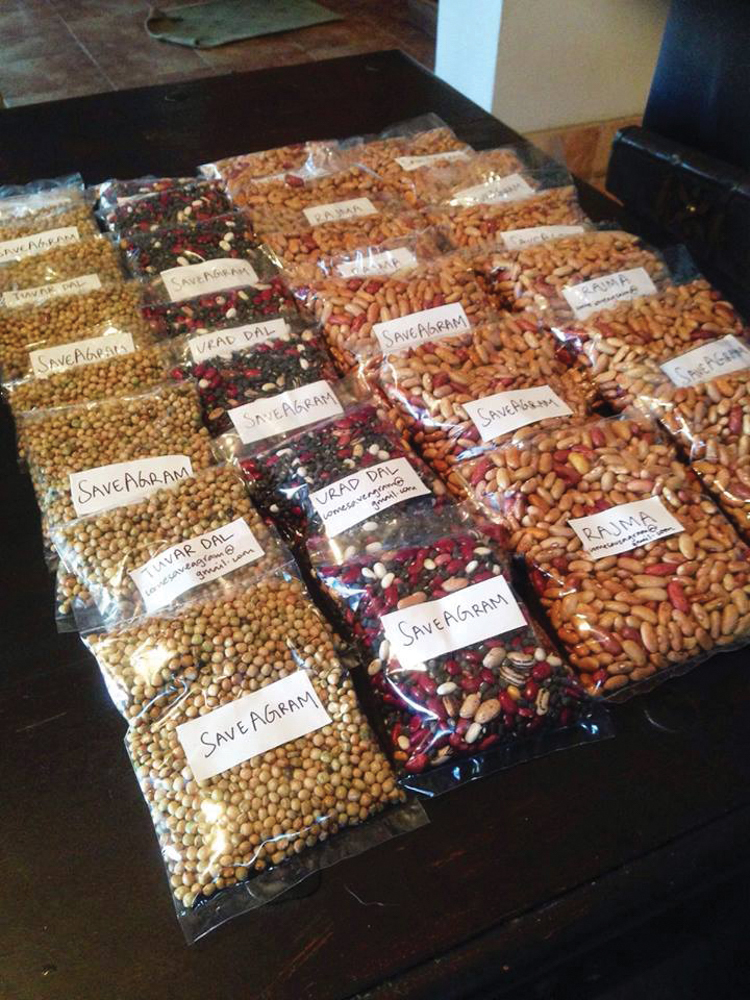
Finding a home was a big challenge, she says, as it had to be a place that attracts people. “Sometimes a home is owned by three-four people as it is passed down generations, as these homes are over a 100 years old. Each room belongs to different members of the family so you have to get their consent and sign a document. These are villages which are not accessible by road, so you have to trek up to them, and there’s not a single shop there.”
She later expanded to Wayanad, which is accessible by road, but one still needs to walk to the farmer’s house. “I didn’t want pollution and traffic,” she reasons. “But by my second visit after I went to see the place the first time, the person had cut a mud road for us, and I was so upset and asked him why he had done it as I wanted it to remain as it originally was.”
Amala doesn’t intend to make a homestay out of all the families in the particular villages. “I encourage them to be a guide, a driver, etc. for the tourists, so that everybody gets the most out of their own capabilities. We give opportunities to women as well. I also encourage them to grow organic produce. They don’t think farming is a fancy profession any more. It is still difficult to convince them that what they are doing is wonderful. There is a lot of hard work involved; it is a tough life they are living.”
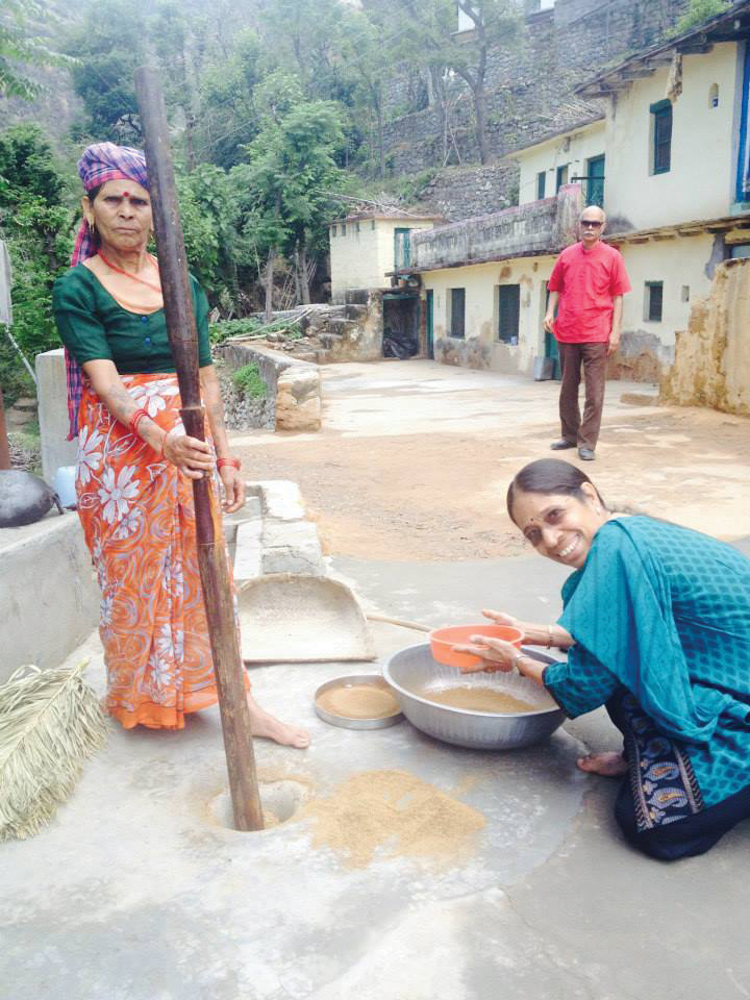
SaveAGram is a volunteer-run format. “We don’t pay anyone right now except the farmers. The income is only from the tourists in the homestays in Wayanad and Garhwal,” says Amala. She says that there is no support from the government for social enterprise in India, so it works to fund itself. “We also support schools in both locations. I want to look at the holistic development of each of the areas. At Wayanad is a tribal boarding school, while it is a day school at Garhwal. We are getting a sponsor for a child for one year and I want to raise that to a hundred sponsors. I don’t go about asking for donations, but instead ask people to sponsor a child or a teacher.”
How does SaveAGram differentiate itself from other community sustainable tourism? “Others do it for their own pockets; for me, the fundamental intention is to raise the community’s level of self-esteem and income. We are not contriving a situation; we are trying to retain an existing situation that is sustainable. There are standard tourist places that other companies list, that anybody can Google and find, but we give them real experiences, things which most people are unaware of and which you can get only if you stay with the local families. We encourage the tourists to teach in the local school – whether you’re an artist or a dancer. We also work with actual tribal guides who take you deep into the jungles, which you can’t otherwise access. It’s not your run of the mill tourist experience. We make it as authentic as possible.”
On the government’s role for the development of the villages, Amala says that it is “doing a lot of good things, but the problem is that once they start a project, there is no follow through. You have to check if the programme is working the way you meant it to; you cannot start a project just to win votes unless the project is self sustainable”.
Amala says that making the travellers sensitive, aware, and responsible is very crucial for SaveAGram. “We tell them that it’s not a contrived home – it’s a real home with real families who have their own routines and schedules. We suggest things that are ethnic and cultural to the area. We engage them in experiences and activities that are native to that place. We do not share the contacts and coordinates of the village as we want to identify only those travellers who are genuine, who really want to experience what we give, instead of just wanting to check them out. We filter the guests by letting them know the real conditions, such as the unavailability of an attached toilet and bathroom. Some guests give feedback that it was a great experience and they loved it, but ask for an attached bathroom to be built. But that’s something I shall never do. It is a cultural thing for the villagers – why should they feel bad that they don’t have an attached bathroom or toilet?”
Art
Navratri 2024: Celebrating the Nine Colours and Their Significance

Navratri, the festival that spans nine nights, is one of the most auspicious and widely celebrated festivals in India. Dedicated to the worship of Goddess Durga in her nine forms, each day of Navratri holds special significance, marked by a distinct color that carries deep spiritual and cultural meaning. As we prepare for Navratri 2024, let’s explore the nine colors associated with each day, their significance, and how they inspire devotion, positivity, and harmony.
Day 1: Yellow
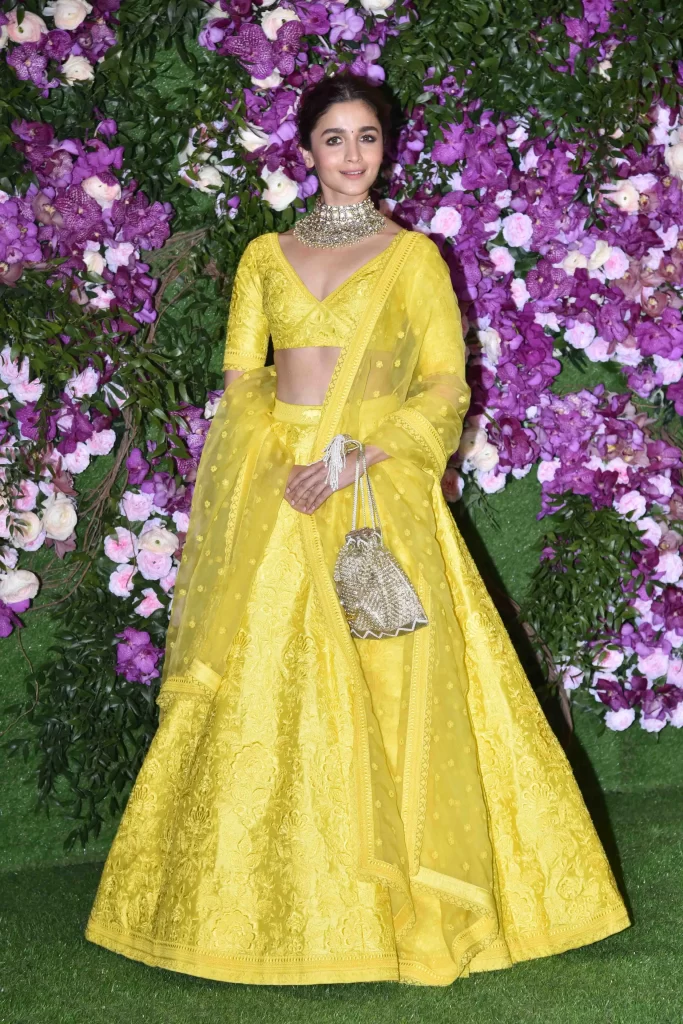
On Thursday, embrace the uplifting energy of yellow as you celebrate Navratri with optimism and joy. This warm and cheerful color symbolizes happiness and radiates positivity, keeping you in high spirits throughout the day.
Day 2: Green
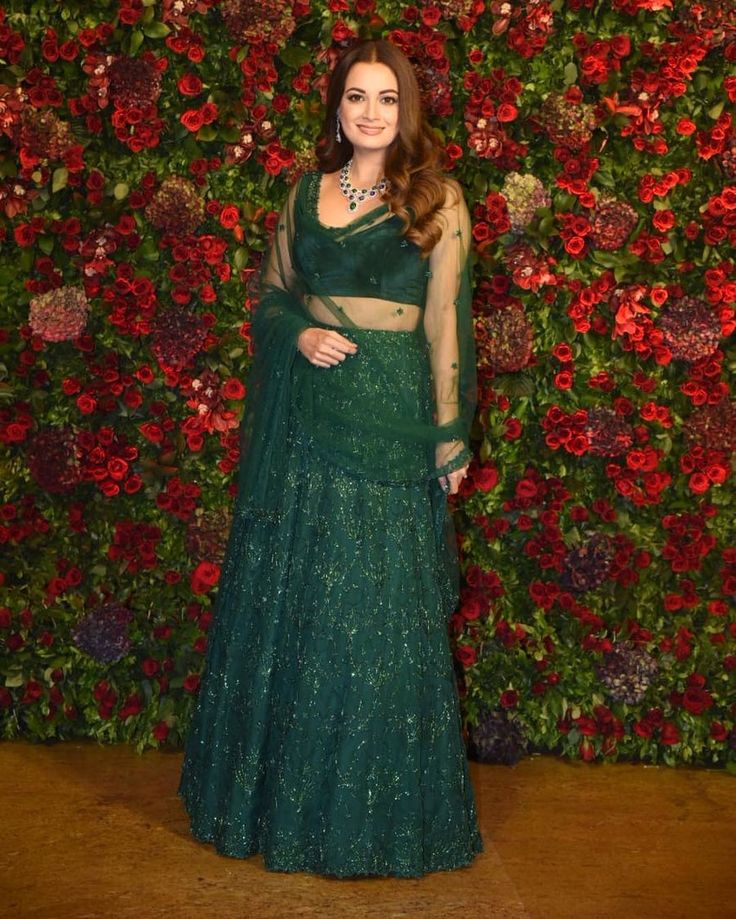
On Friday, wear green, a color that represents nature, growth, and harmony. It evokes a sense of peace and serenity, while also symbolizing new beginnings. Let the vibrant energy of green invite tranquility and the blessings of the Goddess into your life.
Day 3: Grey

Saturday calls for the subtle sophistication of grey. This balanced color keeps you grounded and calm, symbolizing composure and understated elegance. It’s perfect for those who want to participate in Navratri with grace while making a refined style statement.
Day 4: Orange

On Sunday, adorn yourself in the vibrant hue of orange. This color embodies warmth, exuberance, and positivity. Wearing orange during Navratri invokes an upbeat energy, bringing vitality and a lively spirit to your celebrations.
Day 5: White

Start your Monday with the purity and serenity of white. Associated with innocence and spiritual clarity, this color invites inner peace and helps you connect with the divine blessings of the Goddess, offering a sense of security and calm.
Day 6: Red

On Tuesday, red takes center stage, symbolizing passion, love, and strength. As one of the most auspicious colors, red is often offered to the Goddess in the form of a Chunri. Wearing red fills you with energy, vigor, and the vibrant spirit of Navratri.
Day 7: Royal Blue

Wednesday’s color is royal blue, representing elegance, richness, and tranquility. This deep, vivid shade of blue exudes confidence and sophistication, making it an ideal choice for those who want to celebrate Navratri with style and grace.
Day 8: Pink

On Thursday, don the charming hue of pink, a symbol of universal love, affection, and harmony. Pink is a color that adds a soft touch of warmth and approachability, making it perfect for creating a loving and joyful atmosphere during the festivities.
Day 9: Purple

On the final day of Navratri, purple takes the spotlight. Associated with luxury, nobility, and grandeur, purple invites opulence into your life. Wearing this regal color while worshipping Navdurga bestows blessings of prosperity and richness, making it the perfect way to end your Navratri celebrations.
Luxury
Cartier’s New High Jewellery Collection is a Love For The Wild

In 2021, the American Museum of Natural History in New York presented Beautiful Creatures, an exhibition showcasing some of the most eccentric jewellery designs of the past century. One standout piece was the iconic crocodile necklace of Mexican actress María Félix, a loyal Cartier patron. Félix, renowned for her bold sense of style, famously strolled into Cartier’s Paris store in 1975 with her pet crocodile, requesting a necklace in its likeness. Cartier delivered, crafting two intertwined crocodiles encrusted with over a thousand emeralds and yellow diamonds. For Félix, crocodiles symbolized freedom, an embodiment of the spirit she associated with Mexico’s Golden Age of cinema.

Fast forward to today, and Félix’s wildest dreams seem to have come to life at Cartier’s latest high jewellery collection, Nature Sauvage, previewed at the historic Kursalon Hübner gallery in Vienna. Among the star pieces is the Koaga necklace, a masterful creation where a zebra clasps an emerald-cut diamond and a 6.25-carat pear-shaped rubellite in its mouth. The zebra’s form is exquisitely rendered in alternating onyx stripes and pavé diamonds, making the creature feel almost lifelike.
The relationship between animals and jewellery has deep mythological roots, often glorified through rituals and symbolism. In ancient Egypt, scarab beetles were worn as earrings to signify respect for life’s cyclical nature. Meanwhile, in Hellenistic Greece, gods and goddesses took on the forms of winged creatures in adornment. So, what is it about animal-themed jewellery that continues to captivate us? According to Amanda Triossi, a jewellery historian based in Rome, the allure lies in our primal instincts: “Wearing wild animals like panthers or tigers gives one the sense of having conquered them. It’s empowering, as if you inherit the animal’s strength and attributes.”

Cartier captures this essence beautifully in its Amphista necklace. Featuring two intertwined snakes with diamond scales set with emeralds, their heads adorned with kite-shaped diamonds, the necklace echoes ancient Chinese philosophy’s yin-yang balance. The pièce de résistance? Nine octagonal Colombian emeralds, weighing a total of 14.72 carats.
Triossi also notes that many historical heroes are often depicted draped in the skins of animals they’ve vanquished, a symbol of triumph. Today, jewellery transforms that symbol into something precious and eternal—animal skins reimagined in imperishable materials.

Later that evening, at a celebration held at Vienna’s Kunsthistorisches Museum, the largest in Austria, the enchantment of Cartier’s collection was heightened. The museum’s octagonal domes featured paintings of animals dancing with angels, setting the stage for a magical night. Guests were greeted by masterpieces such as Rembrandt’s Self-Portrait and Caravaggio’s Madonna of the Rosary, alongside Cartier page boys in their signature red hats. The evening’s soundtrack, a seamless blend of Bach and Kygo, was curated by DJ Gillian Sagansky, lending a modern twist to the classical ambiance.
The following day brought another cultural adventure—a visit to Otto Wagner’s Villa, a stunning summer palace designed by the famed architect. The paintings adorning the villa’s walls depicted animals in various forms—some caught in purgatory, others wandering the biblical bardo, with alligators restlessly emerging from swampy landscapes.
Luxury
Indian Craftsmanship Meets Italian Savoir Faire : Rahul Mishra x Tod’s

Quiet luxury was expected to dominate for a while, with many predicting that the return of bold, extravagant fashion would take its time. However, maximalism seems to be making a swift comeback, especially in the realm of designer collaborations. Hot on the heels of the vibrant, print-heavy H&M x Anamika Khanna collection, another limited-edition line has arrived, celebrating opulent luxury: Rahul Mishra x Tod’s.
As part of Tod’s T-Factory project, which features exclusive collaborations with creative innovators, this marks Indian couturier Rahul Mishra’s debut in the international accessories space.

Mishra is a true ambassador of Indian design. Along with his wife Divya Mishra, he leads his eponymous label, which has brought the essence of India to the global stage in remarkable ways. A regular at Paris Fashion Week and the first Indian designer to showcase at Paris Haute Couture Week, his creations have adorned celebrities like Zendaya and Mark Zuckerberg, and have graced magazine covers in South Korea, China, and Europe. With such a path-defining legacy, it’s no surprise that Mishra and his visionary label were Tod’s natural choice for their first-ever Indian collaboration.
Mishra describes this collaboration as a beautiful fusion of “Italian craftsmanship serving as the canvas for Indian vision.” Tod’s iconic Gommino loafers and mules, along with the Di Bag and T Timeless shoulder bag, have been reimagined with intricate resham embroidery, crystals, and sequins—all meticulously hand-embroidered at Mishra’s atelier in Noida. “It was a technically challenging process that took time to perfect. I can confidently say these are some of the finest bags and shoes you’ll ever witness, in terms of craftsmanship and longevity. Such pieces are forever,” Mishra proudly shares.

Crafted entirely between India and Italy, the limited-edition pieces from this collection are a true love letter to the artisanal heritage of both nations. “There’s a beauty in the teamwork here,” Mishra explains. “We received raw materials from Italy and worked on integrating our embroideries seamlessly into their leather. The pieces were then sent back to Tod’s, where they transformed them into stunning, three-dimensional products. In that sense, it’s been a genuine collaboration between Italy and India.”
Mishra firmly believes that the future of global design will be shaped by a global Indian aesthetic. “Just as French, Italian, British, and Japanese designs are now seen as universal,” he explains. This collaboration marks a significant step in advancing that narrative. “When you push the boundaries of ‘handmade in India’ to be respected at the pinnacle of luxury, everything else will naturally follow,” he emphasizes.
-

 Style11 months ago
Style11 months agoBridal Guide : Best Looks of Radhika Merchant Ambani
-

 Fashion1 year ago
Fashion1 year agoMost Discussed Ajrakh Saree of Alia Bhatt
-

 Entertainment1 year ago
Entertainment1 year agoBridal Bliss : All Bridal Looks of Swasika Vijay
-

 Movies1 year ago
Movies1 year agoA Nostalgic Journey Through Love &Cinema : Best Bollywood Romantic 90s Movies
-

 AD8 months ago
AD8 months agoPopular Curtain Fabrics to Consider for Your Home
-

 Fashion1 year ago
Fashion1 year agoMajor Denim Trends You Need To Know in 2024
-

 Events9 months ago
Events9 months agoBest of Fashion Looks : Diya Krishna Wedding
-

 Events8 months ago
Events8 months agoThe L’Oréal Paris Show at Paris Fashion Week 2024





































